By Dr Andrew Millington
Current Home Office fire statistics(1), based on information collated by the Fire Service, indicate that approximately 50% of domestic fires originate at domestic appliances. Of those fires approximately 15% (circa 50 fires per week) are attributed by the Fire Service to a fault within the appliance. A detailed examination of the fire damaged remains of an appliance can often indicate the precise cause of the fire. However, unless the age, make, and ideally the model, of the appliance can be determined then any recovery action against the manufacturer will stall.
Fires originating in white goods typically cause significant damage to the appliance such that the markings identifying the make and model, often printed on paper labels or plastic parts, are destroyed. In some cases, the owner may have documentation indicating the identity of the appliance, but in its absence the investigator has to rely on other means to identify it. On occasion, appliances incorporate manufacturing marks which are engraved or stamped into the non-combustible (steel) parts and these can sometimes be used to identify the make and model, although frequently the investigator has only the unidentified metal remains to work with.
Modern appliances of the same type are often a standard size and shape and the differentiating features typically take the form of combustible plastic trims. However, design features in the non-combustible remains, such as pressing patterns and the size and location of apertures, can, with care, be used to identify the make and possibly the model.
Burgoynes has developed, and maintains, our own extensive database of images of known appliances to facilitate the identification of the make and model of fire damaged white goods. By way of example, the photographs below show the fire damaged remains of a vented tumble dryer together with a potential match identified from our database. The rear panel of the tumble dryer incorporates a distinctive pattern and a comparison of the less distinctive features on the front panel of the appliance, such as control / switch apertures, further strengthens the likelihood of a positive identification.
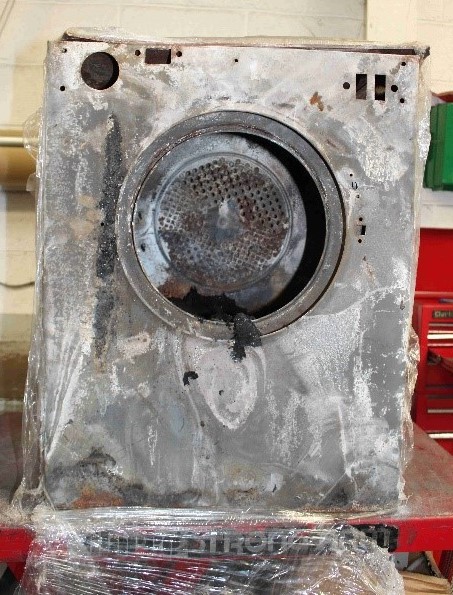
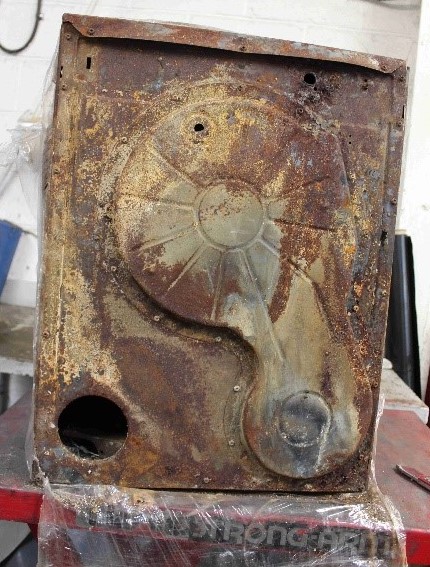
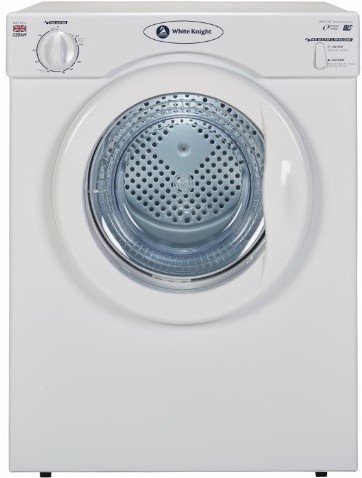
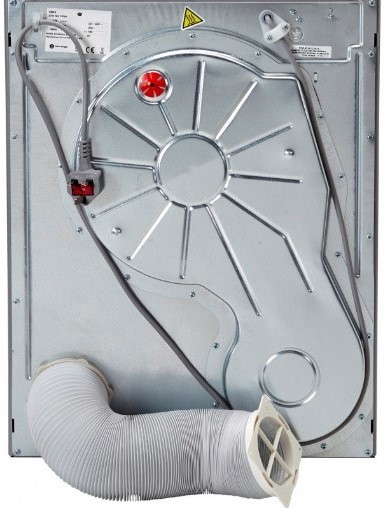
Some appliances have design features that clearly identify the manufacturer but this is not always the case and in such situations the appliance can only be identified by comparison with known exemplars. As an example, the photographs below show the rear panels of two washing machines which were manufactured by the same company but which have almost no common features.
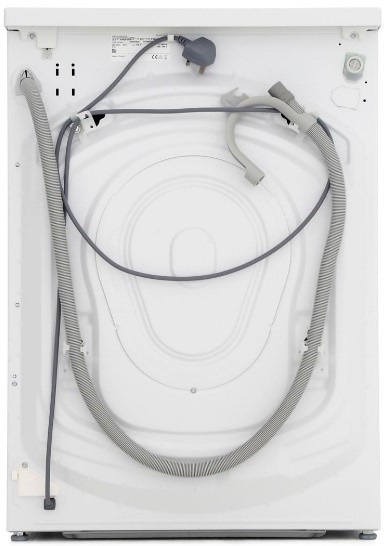
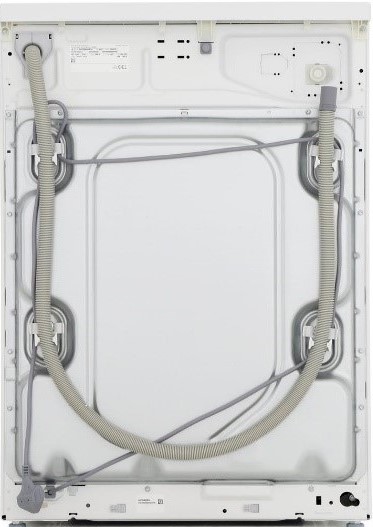
During many investigations involving severely fire damaged white goods appliances we have successfully used our database to advise our clients of the likely manufacturer. This has enabled our clients to involve the manufacturer, or their representatives, in a detailed destructive examination of the appliance and, in some cases, has led to a successful recovery action.
1. https://www.gov.uk/government/statistical-data-sets/fire-statistics-incident-level-datasets